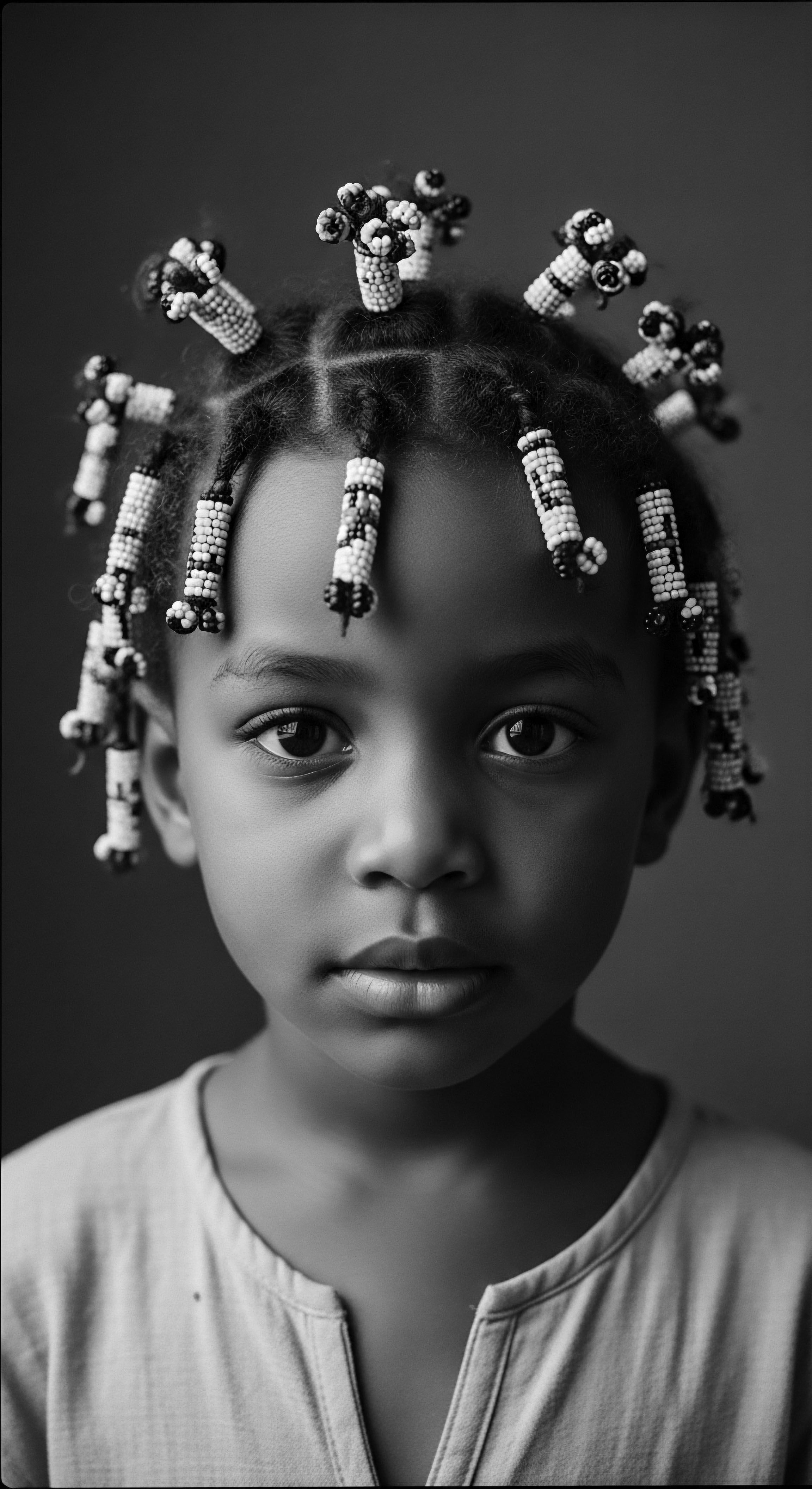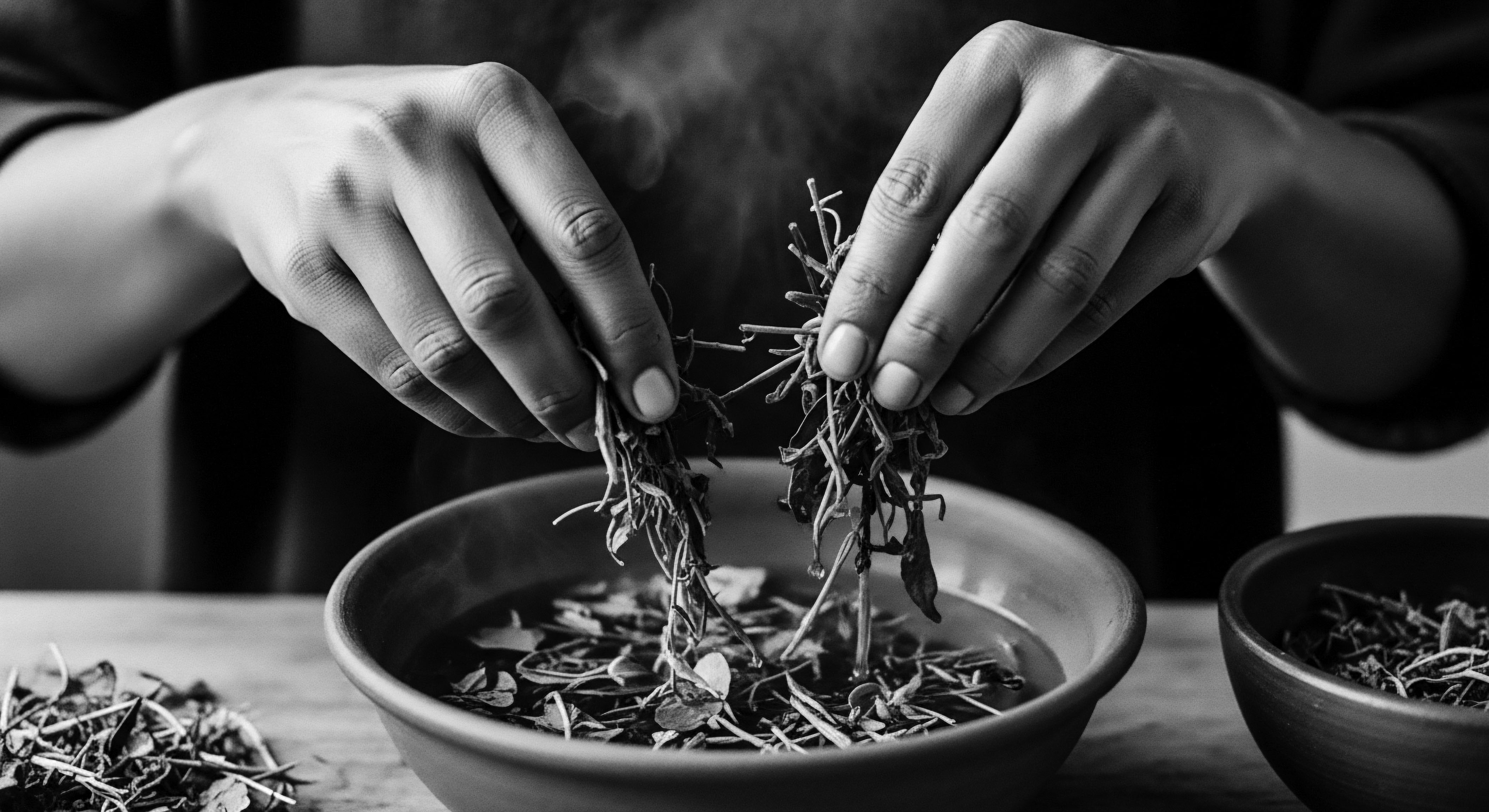
How does silk preserve textured hair moisture?
Silk preserves textured hair moisture by reducing friction and not absorbing hydration, honoring ancestral protective care.
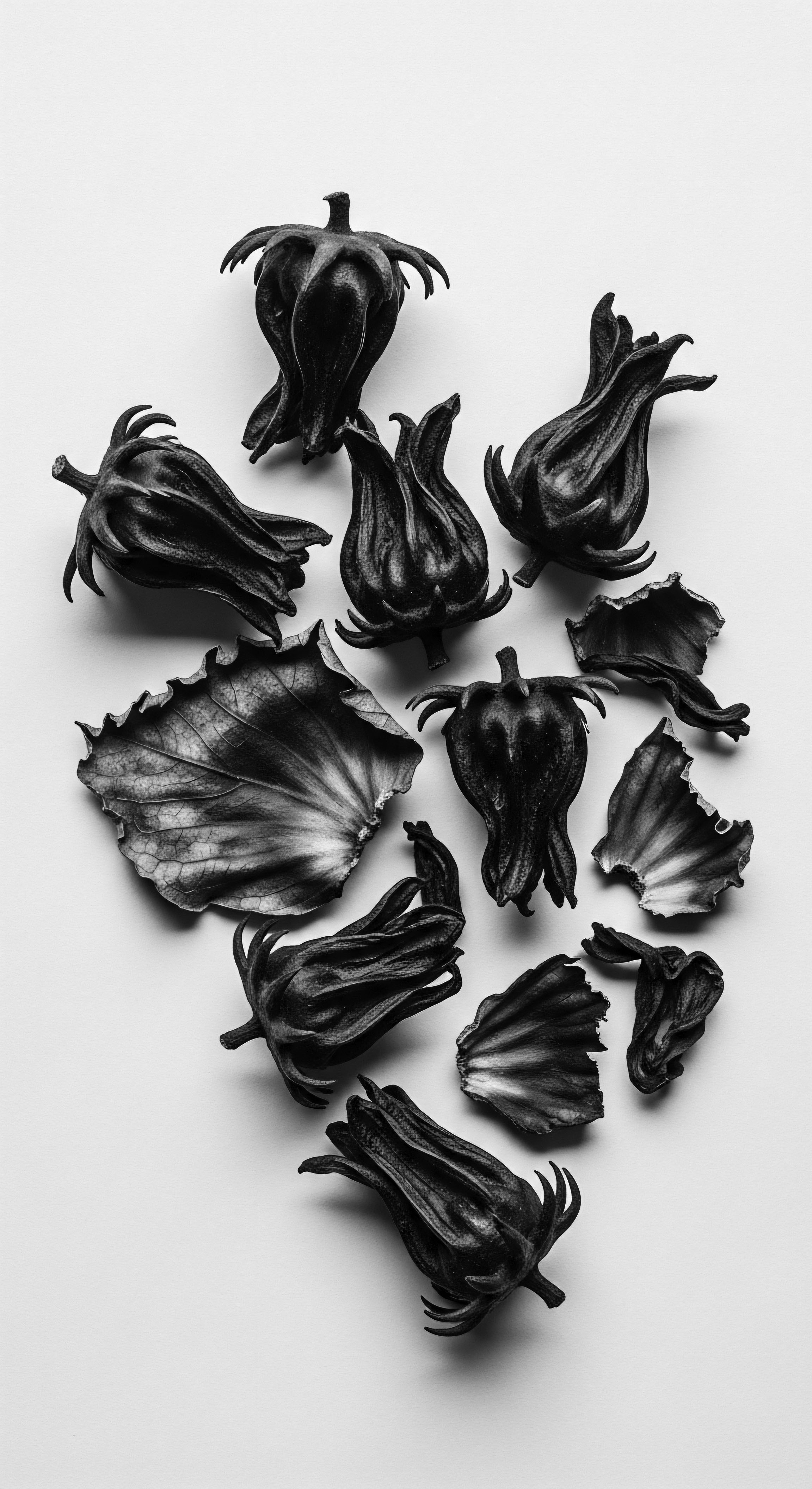
How do plant-based nighttime rituals connect to textured hair heritage?
Plant-based nighttime rituals deeply connect to textured hair heritage by preserving ancestral knowledge of botanical care and cultural identity.
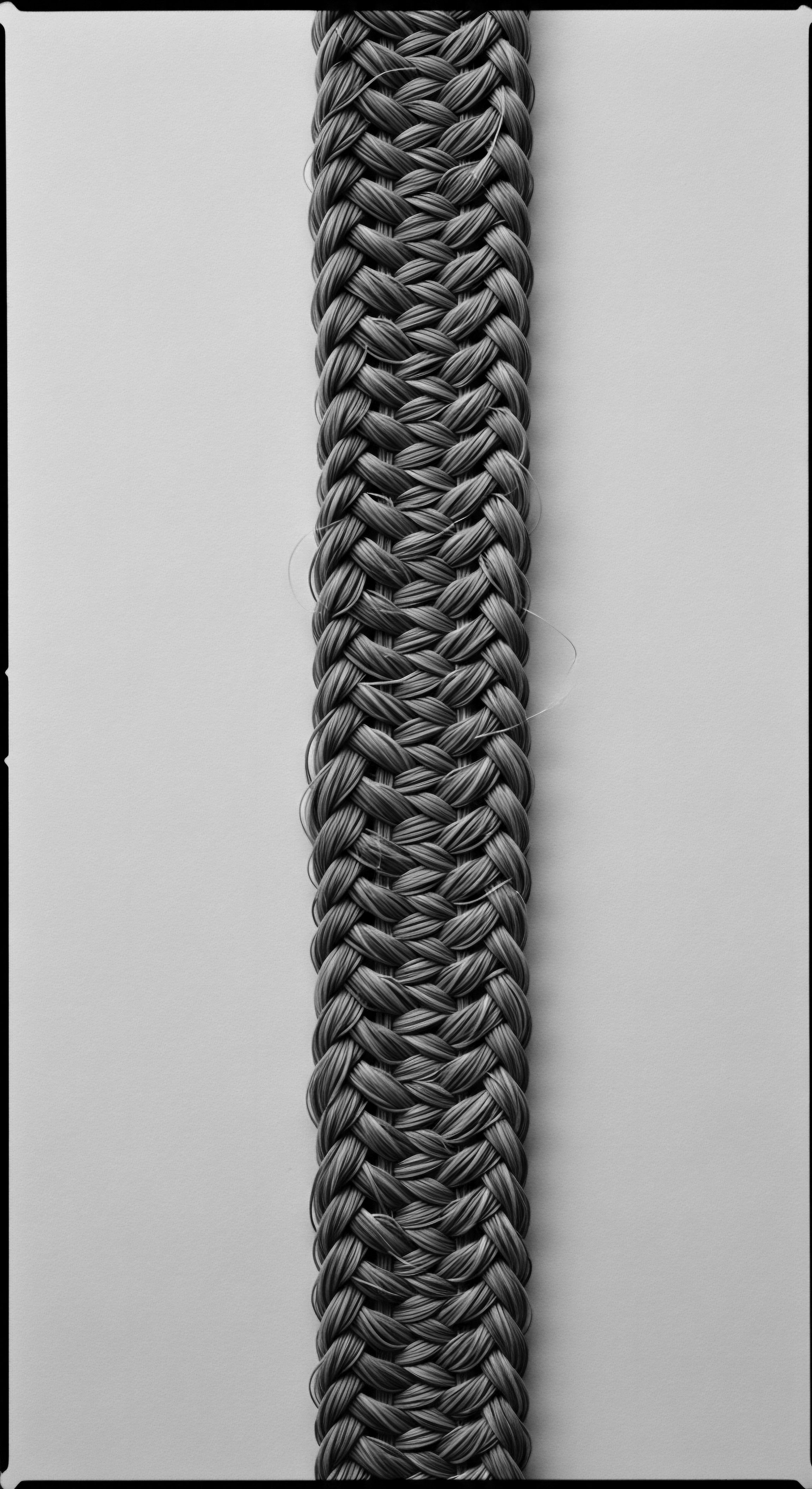
How did ancestral practices protect textured strands overnight?
Ancestral practices protected textured strands overnight through specialized styling, head coverings, and natural emollients, preserving hair's structural and cultural integrity.
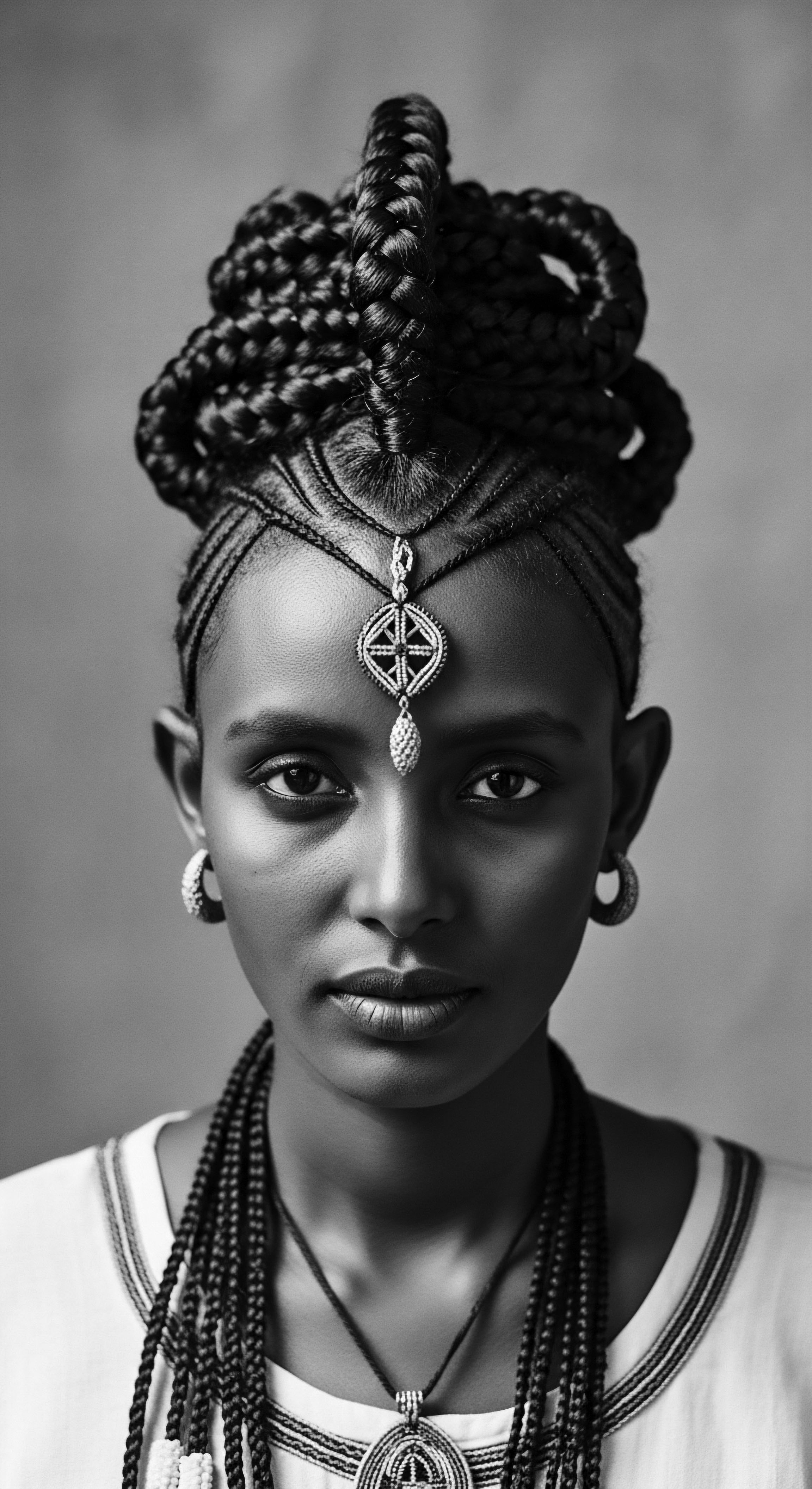
In what ways do modern routines reflect African hair heritage?
Modern hair care practices for textured hair deeply reflect African hair heritage through ancient techniques, ingredients, and the powerful symbolism of identity and protection.
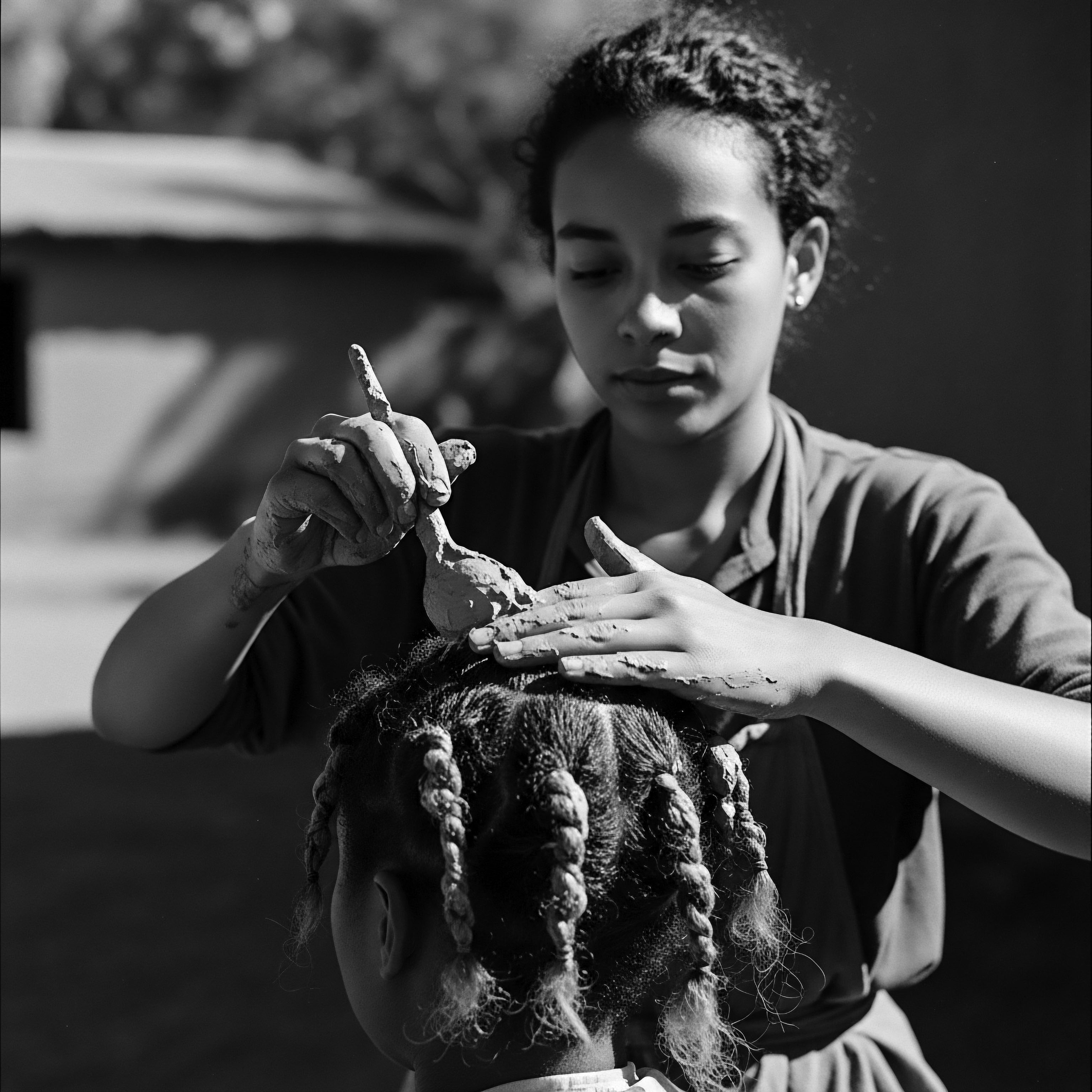
In what ways do oils protect textured hair overnight?
Oils shield textured hair overnight by sealing in moisture and reducing friction, a protective practice deeply rooted in ancestral care traditions.
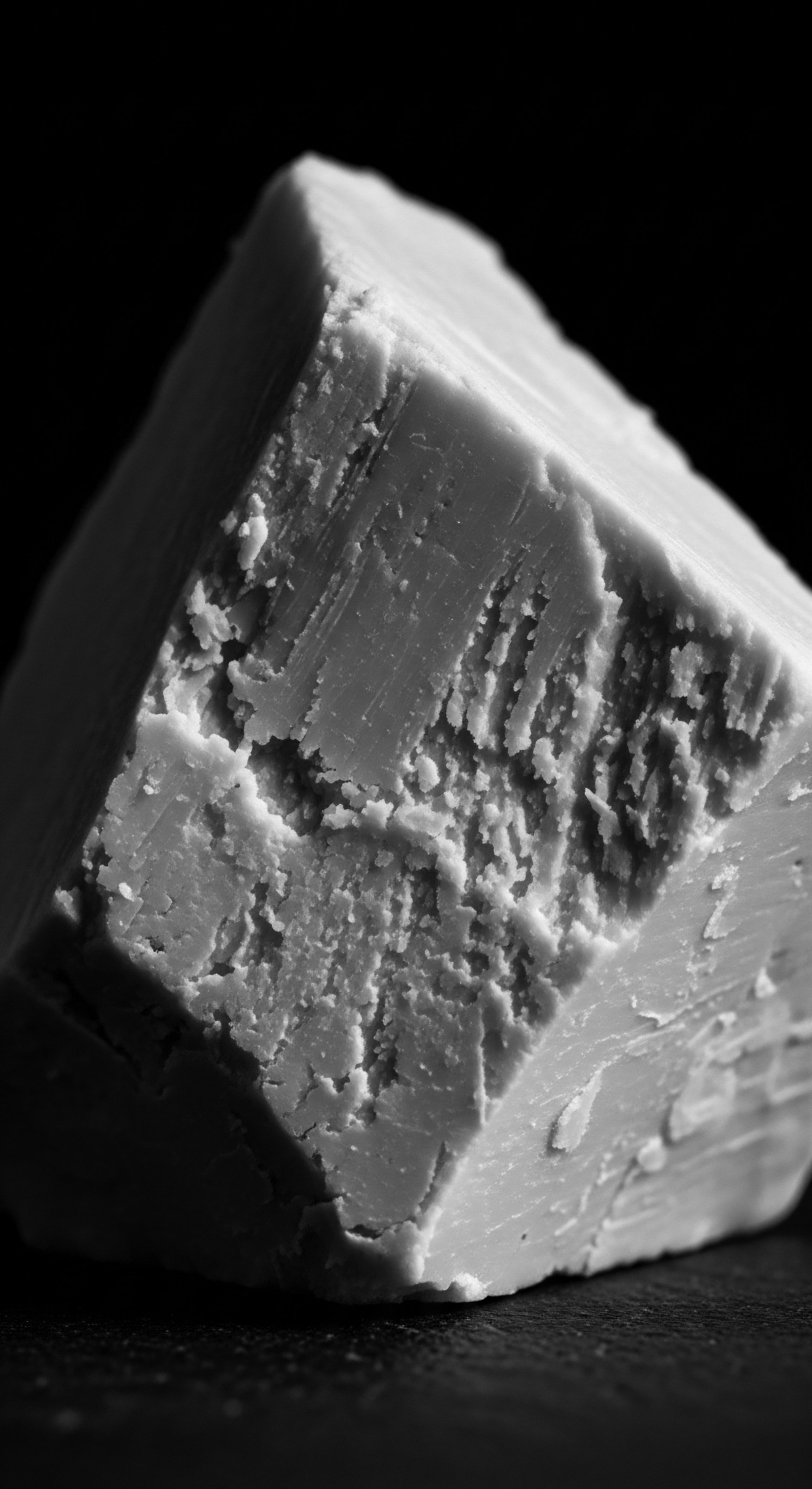
Why is nighttime care essential for textured hair?
Nighttime care preserves textured hair by minimizing friction and locking in moisture, echoing centuries of ancestral wisdom and cultural resilience.
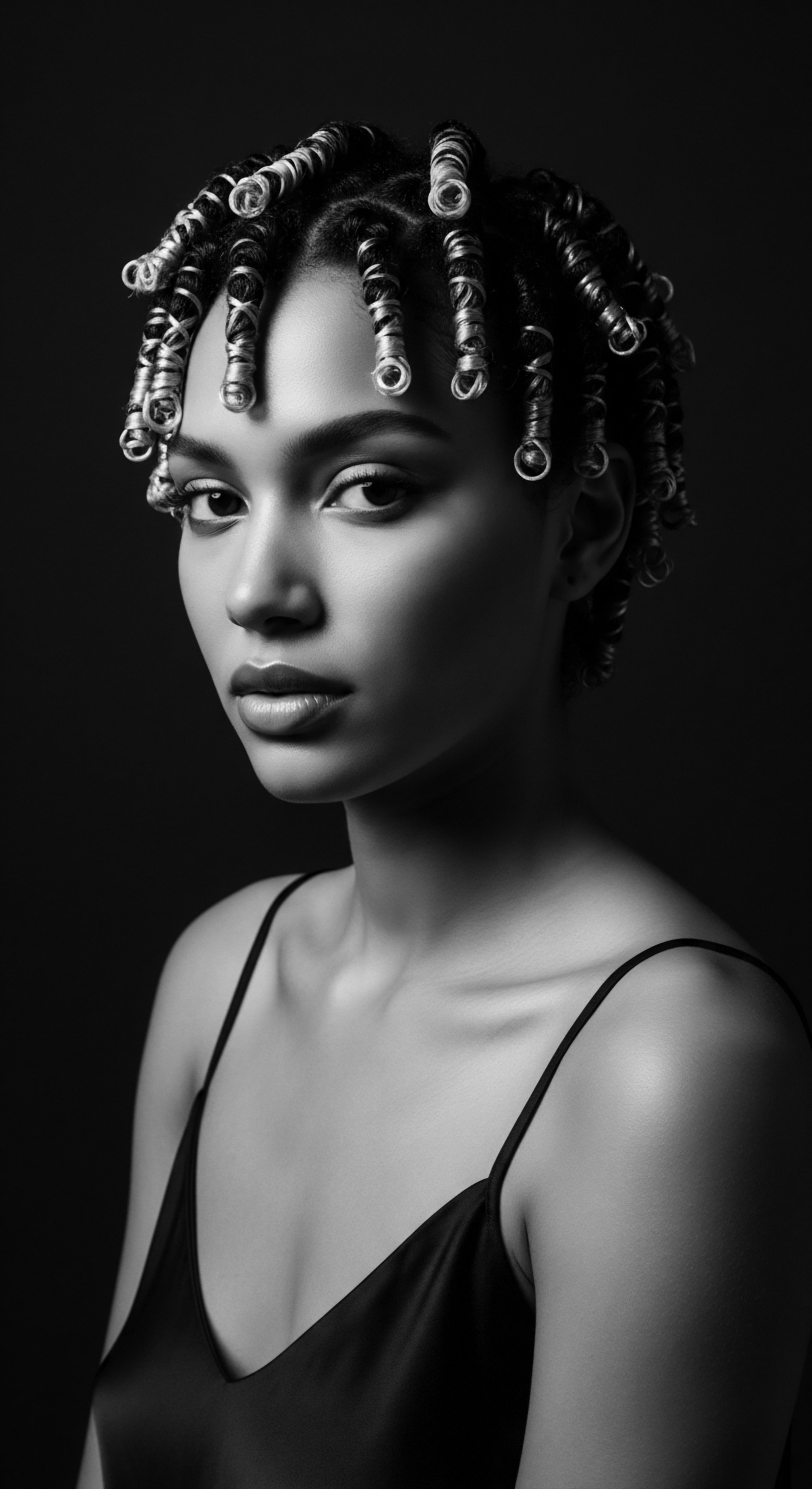
Why is moisture preservation vital for textured hair during sleep?
Moisture preservation is vital for textured hair during sleep to guard against dryness and breakage, a practice deeply rooted in ancestral safeguarding methods.
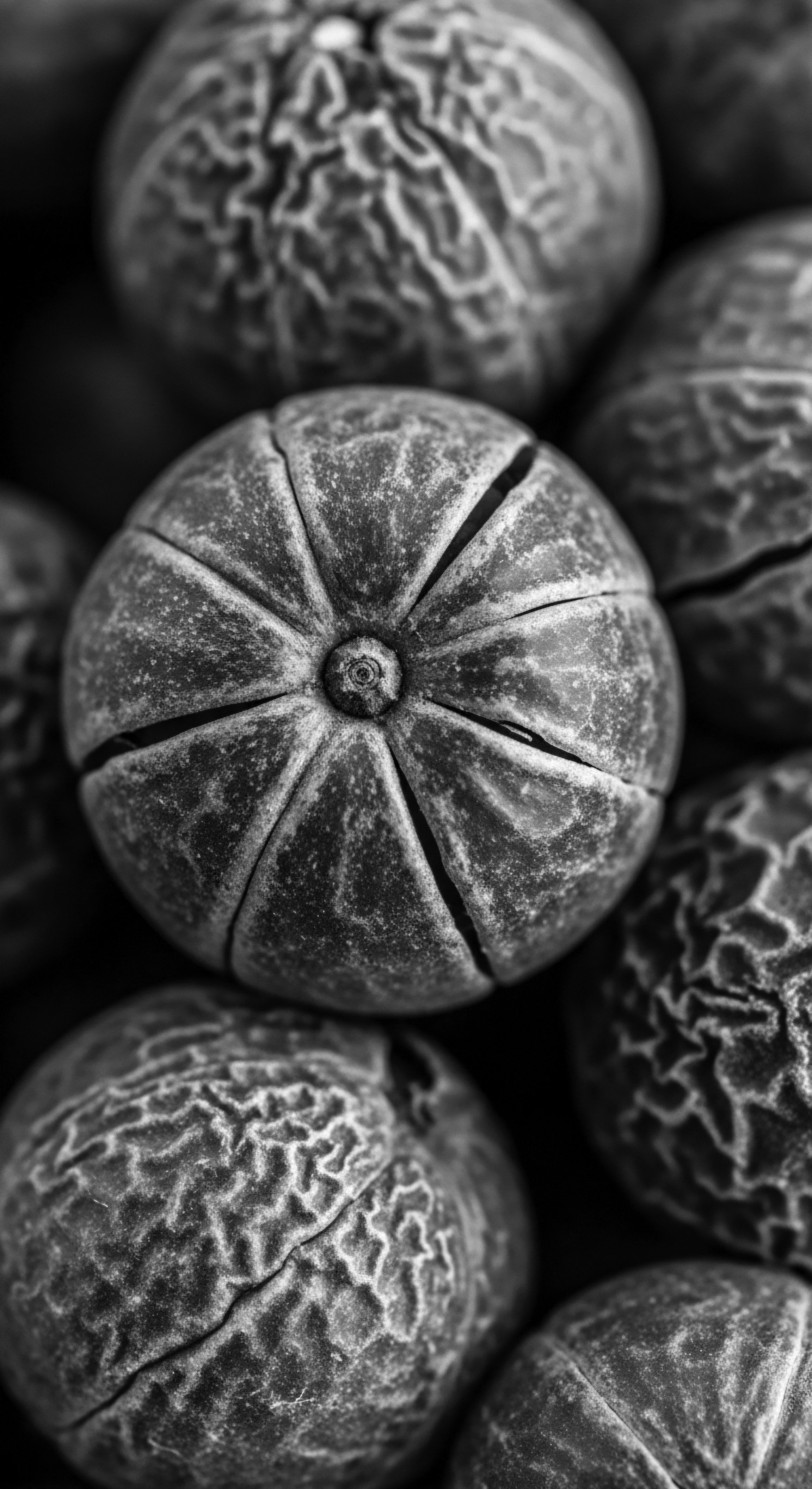
Can silk improve textured hair’s ability to retain moisture overnight?
Silk's smooth, non-absorbent nature significantly reduces friction and prevents moisture loss for textured hair during sleep, continuing ancestral protective traditions.

